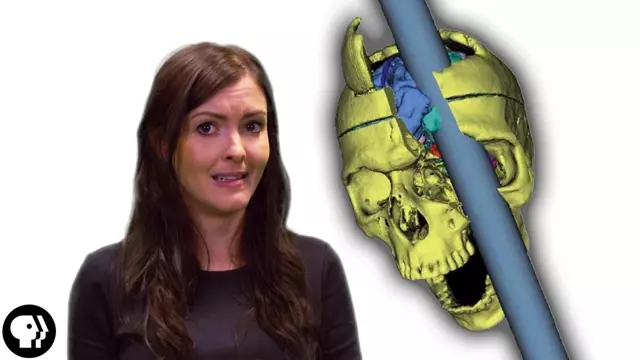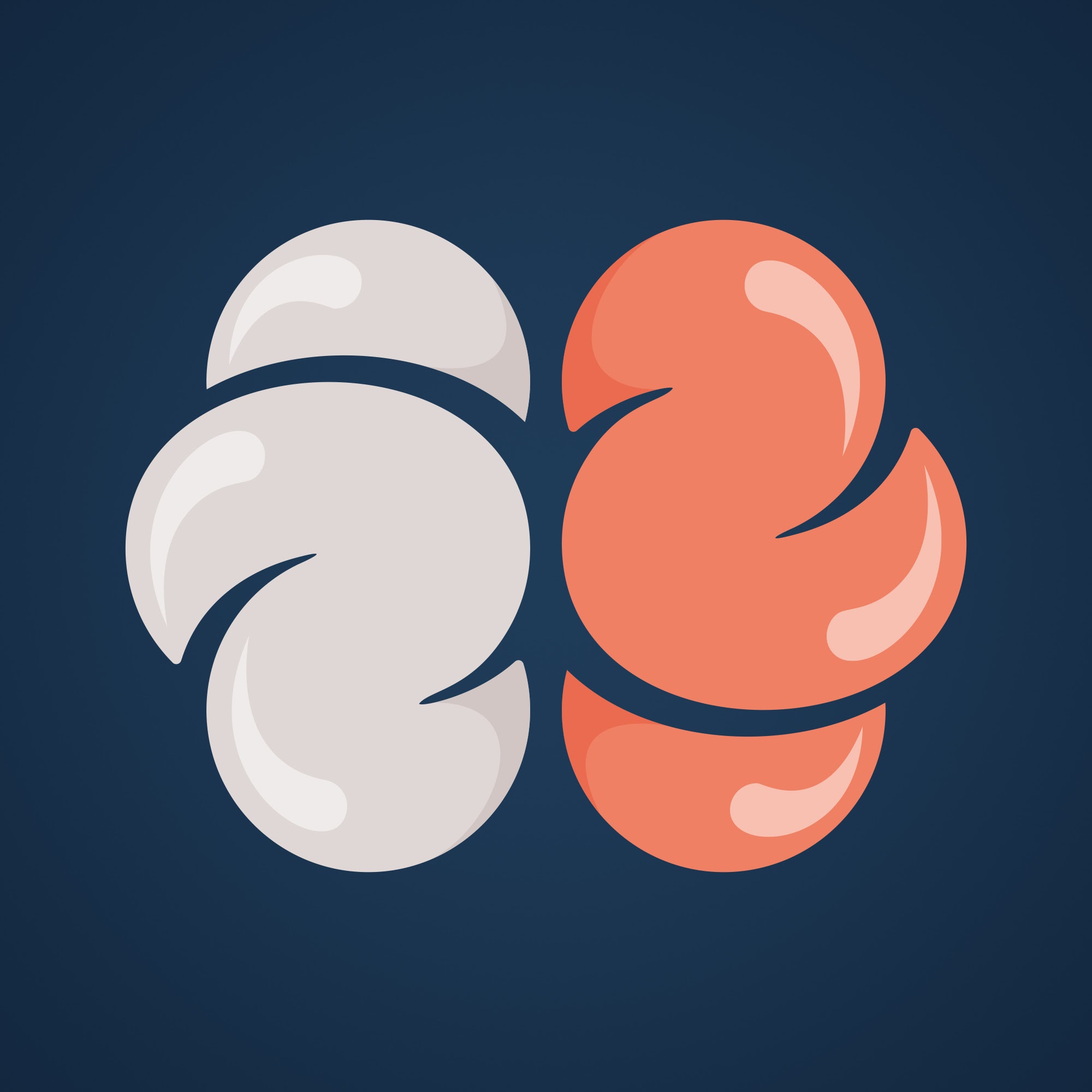2015-05-27
[public] 116K views, 1.67K likes, 27.0 dislikes audio only
4KFollow me over to Gross Science with Anna! http://bit.ly/1Qa6gfI
↓ MORE LINKS BELOW ↓
The *mind-blowing* story of Phineas Gage, a man who survived with a hole in his brain – and what we learnt from him.
SUBSCRIBE to BrainCraft! Click here: http://ow.ly/rt5IE
BrainCraft is written and hosted by Vanessa Hill (https://twitter.com/nessyhill) for PBS Digital Studios. Talking psychology, neuroscience & why we act the way we do.
Sound design: Joel Werner (http://joelwerner.com)
And papercraft stop-motion by Vanessa.
Keep in touch!
Snapchat: nessyhill
Twitter https://twitter.com/nessyhill
Instagram https://instagram.com/nessyhill
Tumblr http://braincraft.tumblr.com
Facebook https://www.facebook.com/Braincraft
More BrainCraft!
How Good is Your Memory? /youtube/video/EofIwBDo4mU
Can You Win This Game? /youtube/video/MnSg4xjKF4k
References:
Damasio, H., Grabowski, T., Frank, R., Galaburda, A. M., & Damasio, A. R. (1994). The return of Phineas Gage: clues about the brain from the skull of a famous patient. Science, 264(5162), 1102-1105. http://www.antoniocasella.eu/dnlaw/Damasio_1994.pdf
Ardila, A. (2008). On the evolutionary origins of executive functions. Brain and cognition, 68(1), 92-99. http://www.researchgate.net/profile/Alfredo_Ardila/publication/5454555_On_the_evolutionary_origins_of_executive_functions/links/543436150cf294006f73515e.pdf
Torregrossa, M. M., Quinn, J. J., & Taylor, J. R. (2008). Impulsivity, compulsivity, and habit: the role of orbitofrontal cortex revisited. Biological psychiatry, 63(3), 253-255. http://www.ncbi.nlm.nih.gov/pmc/articles/PMC2265211/
Researchers mapping Gage’s skull: http://newsroom.ucla.edu/releases/embargoed-for-release-until-wednesday-233846
A great article (I had to cut out for time)
Cato, M. A., Delis, D. C., Abildskov, T. J., & Bigler, E. (2004). Assessing the elusive cognitive deficits associated with ventromedial prefrontal damage: a case of a modern-day Phineas Gage. Journal of the International Neuropsychological Society, 10(03), 453-465. http://images.pearsonassessments.com/Images/PDF/Webinar/Cato2004.pdf
This Slate article is a good read too: http://www.slate.com/articles/health_and_science/science/2014/05/phineas_gage_neuroscience_case_true_story_of_famous_frontal_lobe_patient.html
/youtube/video/ZKaDWu2zFG0?t=26.698999
/youtube/video/ZKaDWu2zFG0?t=63.57
/youtube/video/ZKaDWu2zFG0?t=129.81

